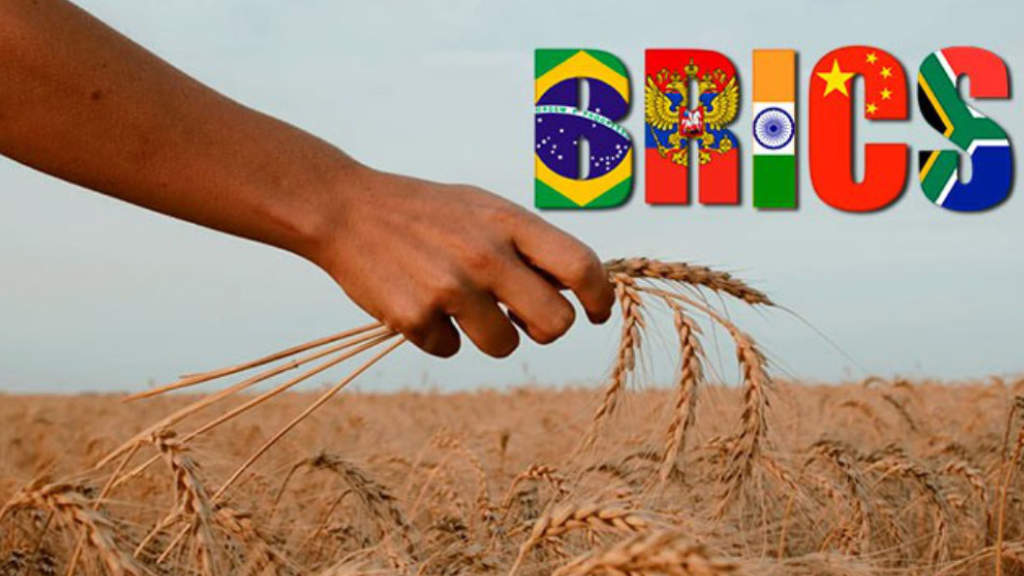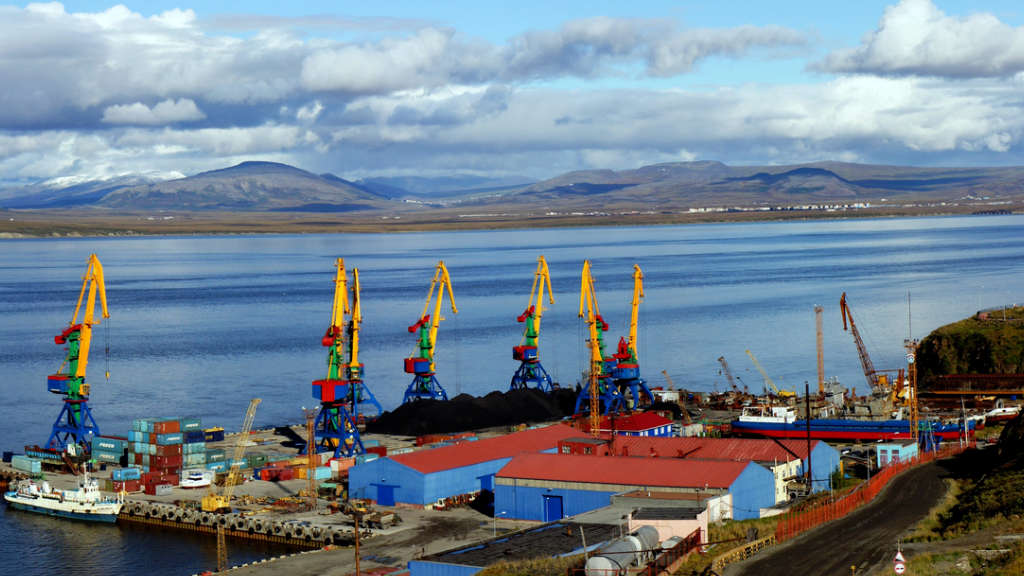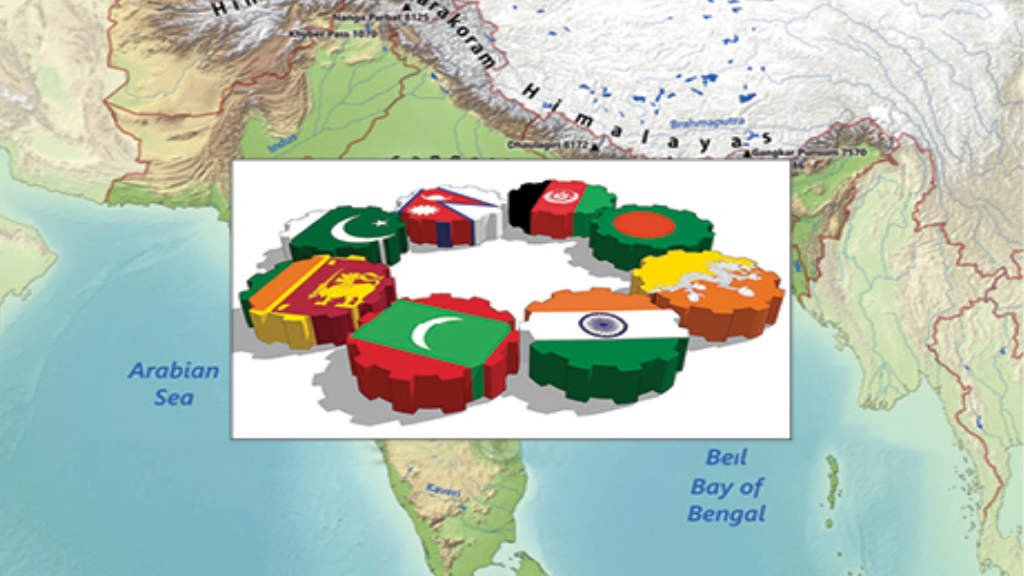The upcoming BRICS Congress will take place in June, where it is planned to approve the creation of a BRICS Agrarian Alliance, according to Lyudmila Orlova, the President of the Russian National Movement of Conservation Agriculture.
Orlova stated that “We held a round table in December and have now agreed on holding a congress and creating such an alliance. More than ten countries have responded. Now we are finalizing documents, mechanisms, and forming a program. We see Brazil as a co-organizer, since it chairs the association. We are now waiting for an answer. All documents have been approved and agreed our side.”
She clarified that the new alliance is designed to unite the efforts of BRICS members and partner states in agriculture and agricultural technology, and ecology, offering an alternative to Western models of cooperation. Orlova noted that various programs are being developed that will have their own separate leadership, and it can be assumed that the BRICS Agrarian Alliance will function on the basis of a rotational chairmanship.
One of the alliance’s tasks may be to develop programs to reduce the carbon footprint in the agro-industry. This usually involves the introduction of precision farming technologies, the use of renewable energy sources and emission monitoring systems. Particular attention has recently been paid to carbon credits —, a mechanism in which countries or companies receive financial compensation for reducing CO₂ emissions. Theoretically, BRICS can create its own platform for trading such loans, competing with Western analogues, such as the European Emissions Trading System (EU ETS).
It is worth noting that the alliance expects not only BRICS members and partners to become involved. Member countries and observers of the Eurasian Economic Union (EAEU), including Kazakhstan and Uzbekistan, are already showing interest in the project, according to Orlova. These states, which have significant agricultural resources, can multiply the potential of the future alliance.
Last June, more than 200 Russian and 100 foreign delegates, including business leaders and major specialized organizations from Egypt, Brazil, India and China, participated in the BRICS conference on the agro-industrial complex. Initiatives to create a unified agricultural grain exchange for the BRICS member countries were discussed.
The potential creation of the BRICS Agrarian Alliance in 2025 is due not only to economic, but also to strategic reasons. Against the backdrop of growing competition between differing global centres in the West and the emerging Global South, BRICS members and their allies are seeking to strengthen food security and reduce dependence on Western institutions. An important factor has been the sanctions pressure of Washington and Brussels on Russia, which has additionally affected global food supply chains in general. Developing countries in Africa and Asia have suffered.
This is happening against the backdrop of an worsening global food crisis, coupled with weak regulation of trade in agricultural products for the main agricultural supplying countries. A BRICS agricultural alliance will make it possible to organize controlled trading, conclude trade contracts and formulate rules for settlements in national currencies in order to control prices on the global agricultural market. The fact that this idea is being promoted by the leaders of the developing world can be seen as an attempt to influence global regulation in the industry without the participation of Western countries.
However, Western countries, realizing the potential of BRICS, can begin to promote their own initiatives. In particular, analogues of the BRICS Agrarian Alliance could be developed by Germany, which can also involve countries in the Global South in cooperation on agriculture, ecology and sustainable development.
Another urgent issue to factor in are the apparent growing risks of economic pressure from the United States. The US President Donald Trump recently announced his readiness to introduce 100% duties on goods from the BRICS countries if the dollar is abandoned. The threat came in connection with the merger’s plans to develop alternative payment mechanisms, including settlements in national and digital currencies. An agricultural alliance integrated into the BRICS financial system can become a tool for protecting against such sanctions, ensuring stability of food supplies outside the dollar zone.
BRICS covers about 42% of the world’s population and more than 30% of the land area, making it an ideal platform for agricultural cooperation. The association has a unique combination of resources: Russian and Kazakh high-quality soils, Brazilian tropical lands, Indian labour and Chinese technologies. In addition, the participation of partner countries will expand the geography of the alliance and strengthen its influence in world markets.
Further Reading





